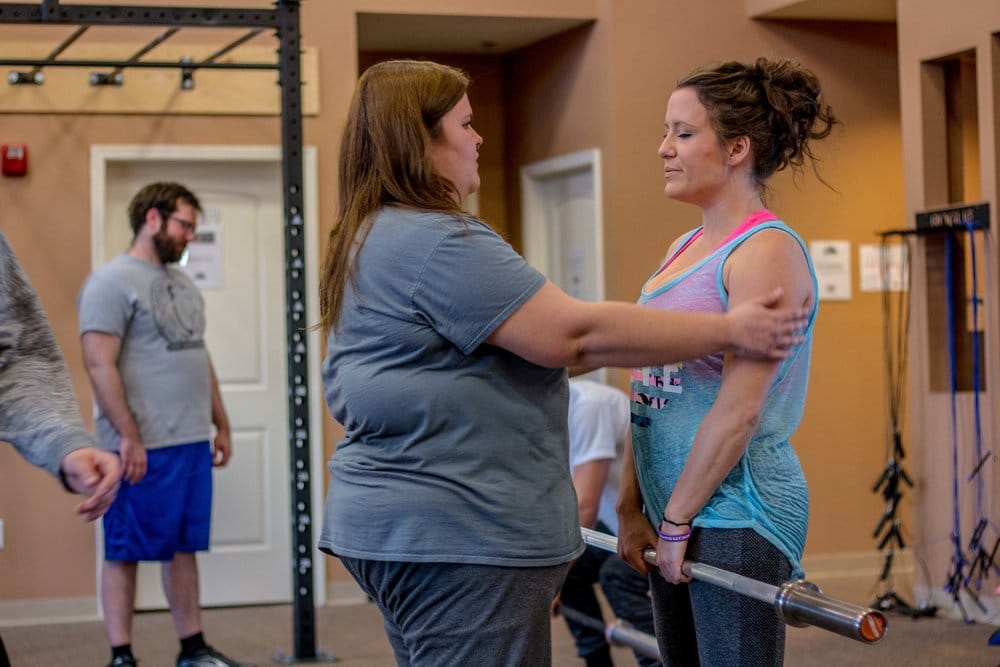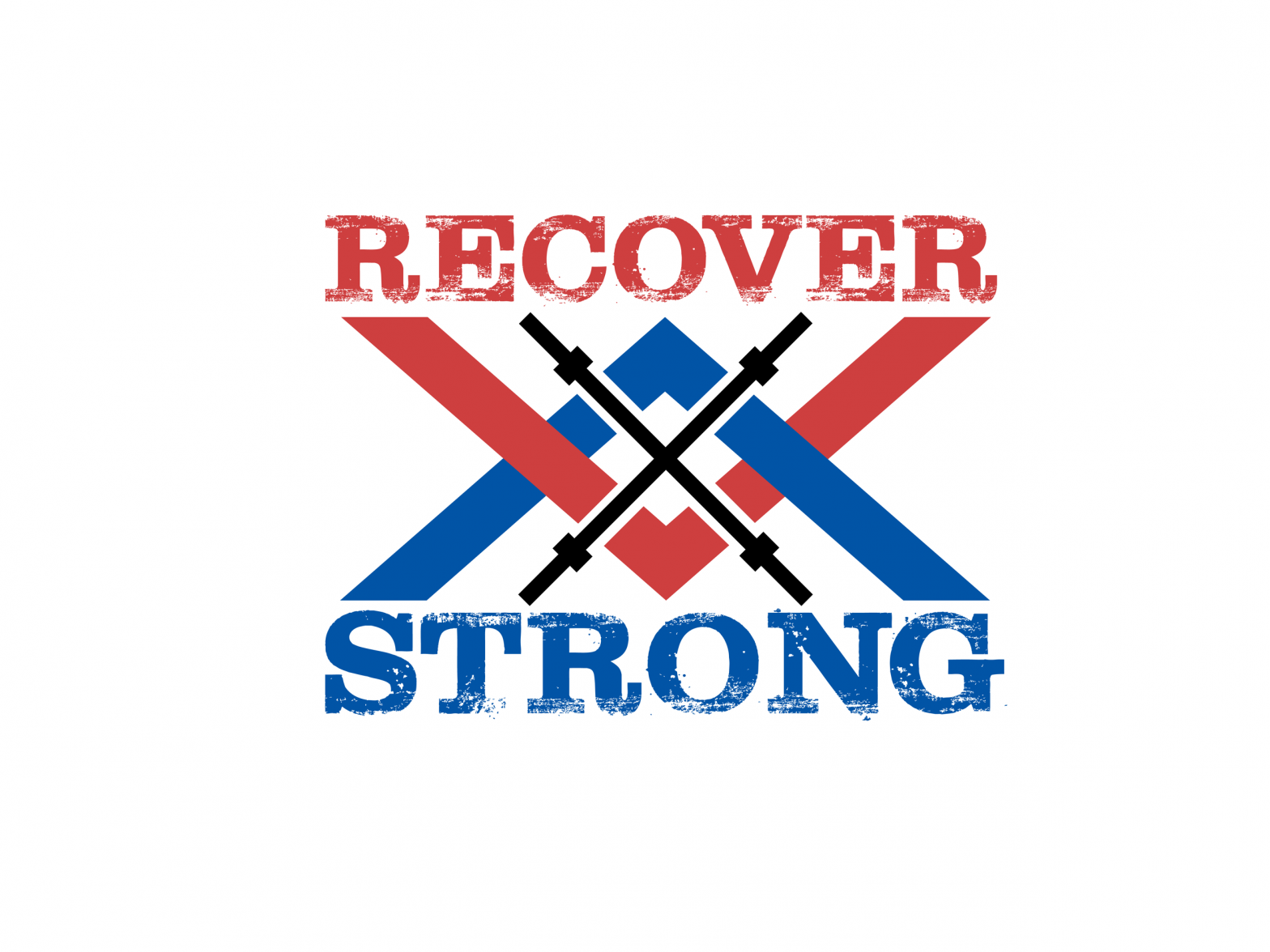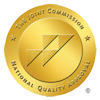Trends In The Industry

I wanted to take a few minutes today and write to you about a trend that I have noticed during my short time working in the treatment industry. In my role with Granite Mountain I have the pleasure of speaking both to many of my peers at other treatment centers, as well as being the contact person for our organization for many of those seeking treatment and their families. On a more or less weekly basis I find myself engaged in a conversation with clients and their families that goes something like this:
The client asks: “Tell me about your facility?”
When asked to describe Granite Mountain and Recover Strong I begin by explaining our culture of community and inclusion. Highlighting that we are driven not by a compliance mindset, rather one of creating an environment that is prone to creating transformation in our clients and staff. I give several real life examples (obviously, withholding personal details of those involved) that show our commitment to this method of community building. Then, I provide a detailed account of the neuroscience (at least as detailed as my understanding will allow) that is the foundation of our therapeutic program. Afterward I proceed to highlight how our Recover Strong program makes use of this research and endeavors to expand on it.




Quality Of Care Trumps All
After this explanation, most if not all of the potential clients and their families will ask one or more questions that pertain to their own particular set of circumstances. Less than half the time I am asked by clients about amenities. For example, what do the rooms look like, what are the weekend activities? The rooms are simple but nice, and weekend trips are varied and fun by all accounts, for what it’s worth. There is nothing wrong with these questions and I am happy to answer them if they are important to any individual. I think though that after you’ve read how the conversation goes with others in the industry you may begin to understand my challenge.
In contrast to the above, when I am asked the same question and give the same answer to many of my peers in the industry their response is significantly different. After my explanation, my peers rattle off a veritable laundry list of amenities that their program offers. The subtext of this conversation is that their facility provides a higher level of care due to the fact that they have more jacuzzis and massage therapists than we do. When I ask about their therapeutic program and the philosophical underpinnings that guide their decisions around client experience many have little to say.

To this I need to ask: When did we allow quality of amenity to become synonymous with quality of care in our industry? And further, are we happy with this?
Like anybody I like to be comfortable. I’m fairly certain I have never met anybody who doesn’t. I feel equally certain that the measure of the quality of a program that we ought to be using is how many lives we are able to transform, not how big the TV’s are in our rooms. Can you imagine this passing muster in another health care field? Can you imagine choosing a cardiologist not on the basis of their patient outcome data, or their level of experience and expertise, but rather how nicely appointed their waiting room is. Seems far fetched at best to me.
One of the major contributing factors that has led us to this point is the absence of a widely agreed upon objective measure of success in our industry. Among the major stakeholder groups in the industry (behavioral health centers, insurance companies, clients and their families, other helping professionals, and our community members at large) there is no agreed upon definition of a successful outcome let alone a method of measurement. A topic for a future article is this: we at Granite Mountain are currently working with a research team from consulting firm Serve 1 to develop such a definition and method that can be used throughout the industry. In the absence of such a measure and in an effort to describe quality in an inherently difficult space we as an industry have, in my view, shirked our responsibility and allowed ourselves an easy way out. It is comparatively simple to list how many and what type of amenities we have. So we have taken the easy road.
I will ask again, are we happy with this?
I don’t in this article offer a necessary solution. Merely I am seeking to name and define a problem. It is my hope by opening these sorts of conversations we can improve our industry, the overall quality of care our clients receive, and by extension help to transform more lives. As a final thought, I have learned in my own journey of recovery that it is only by naming a problem and squarely and honestly confronting it that I can begin to grow. Perhaps it will be the same with this question.
Until next time.
Your friend in service,
Rob Campbell
VP of Communications & Market Development
If you would like to speak to a professional about treatment for you or your loved one, please don’t hesitate to contact us today!




